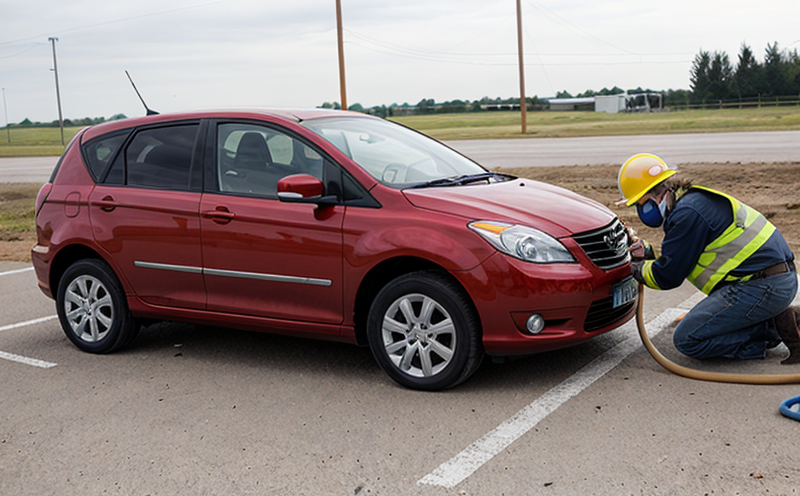ISO 13849 Functional Safety Testing for Machinery Safety Systems
The ISO 13849 series of standards provides a framework to design, implement and maintain functional safety systems in machinery. This service ensures that the machinery under test adheres strictly to these guidelines, thereby enhancing overall system reliability and safety.
ISO 13849-1 defines the generic principles for functional safety of machines, while ISO 13849-2 provides a risk assessment process to determine the required performance level (PL) based on the machine's risk. Our testing service focuses on ensuring that the machinery under test meets these stringent requirements.
Our team of experts ensures compliance with all relevant sections of the standard, including:
- Evaluation of safety functions and their risks
- Determination of performance levels (PL) based on risk assessment
- Design, implementation, and verification of safety-related parts of machinery
- Documentation and reporting
We utilize state-of-the-art equipment to simulate real-world scenarios in which the machinery may operate. This allows us to identify potential hazards early on and rectify them before they become critical issues.
Our testing process involves several key steps:
- Initial risk assessment
- Detailed design review
- Prototype testing under controlled conditions
- Validation of safety functions and performance levels
- Comprehensive documentation and reporting
We also provide training sessions for your team to ensure they understand the nuances of ISO 13849 compliance. This includes workshops on risk assessment methodologies, practical testing techniques, and best practices in safety system design.
By choosing our service, you can rest assured that your machinery will meet stringent international standards, thereby enhancing its operational safety and reliability. This not only protects the end-users but also ensures adherence to legal requirements worldwide.
Scope and Methodology
The scope of ISO 13849 Functional Safety Testing encompasses a wide range of machinery applications, including industrial automation systems, conveyors, robotic arms, and more. The testing process involves several key steps:
- Identification of safety functions required by the machine
- Risk assessment to determine the performance level (PL) needed for safe operation
- Design and implementation of safety-related parts of machinery
- Testing of safety functions under simulated operational conditions
- Verification of compliance with ISO 13849 standards
The methodology we employ ensures that every aspect of the machine's safety is thoroughly evaluated. This includes not only hardware but also software components, ensuring a holistic approach to functional safety.
Why Choose This Test
- Enhanced Safety Compliance: Ensures full compliance with ISO 13849 standards, reducing the risk of accidents and legal liabilities.
- International Recognition: Adherence to globally recognized standards is critical for export markets and international collaboration.
- Risk Mitigation: Identifies potential hazards early in the design phase, minimizing costly rework later on.
- Improved Reputation: Demonstrates commitment to quality and safety, enhancing your company's reputation.
- Legal Compliance: Ensures that all machinery meets regulatory requirements, avoiding potential fines or legal action.
- Cost Savings: Early detection of issues saves time and resources by preventing expensive rework later in the process.
International Acceptance and Recognition
The ISO 13849 series of standards is widely recognized across various industries, including manufacturing, automotive, and aerospace. Many countries have adopted these standards as part of their national regulations for machinery safety.
In the United States, the Occupational Safety and Health Administration (OSHA) has incorporated elements of ISO 13849 into its regulations for machine design and safety. Similarly, in Europe, Directive 2006/42/EC on Machinery places a strong emphasis on compliance with ISO 13849.
By choosing our service, you ensure that your machinery complies not only with international standards but also meets the specific requirements of various regions and industries. This global recognition enhances your product's marketability and reduces potential barriers to entry in different markets.





